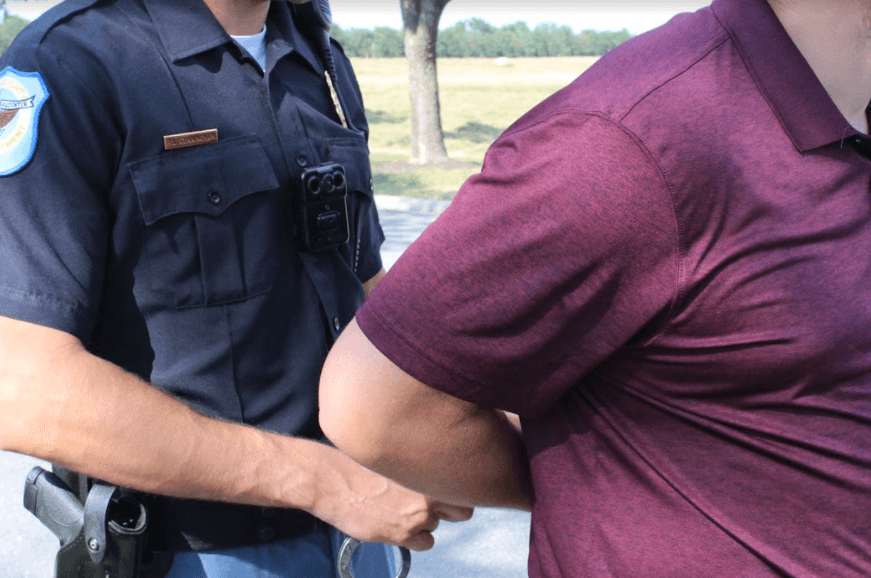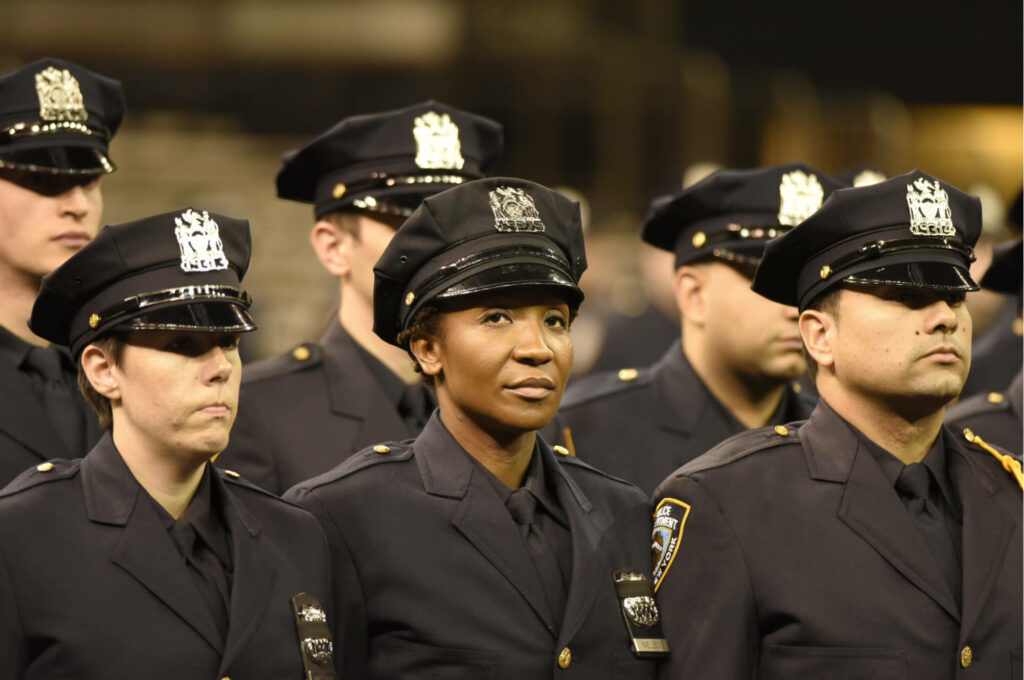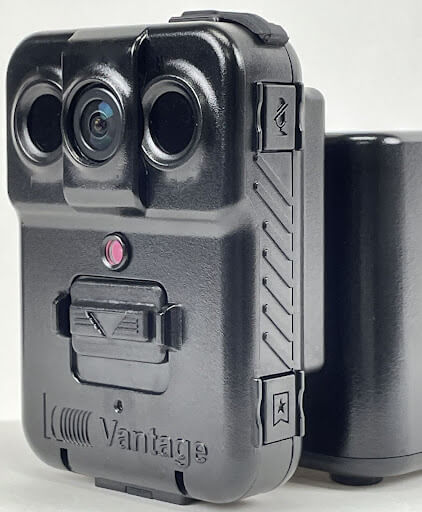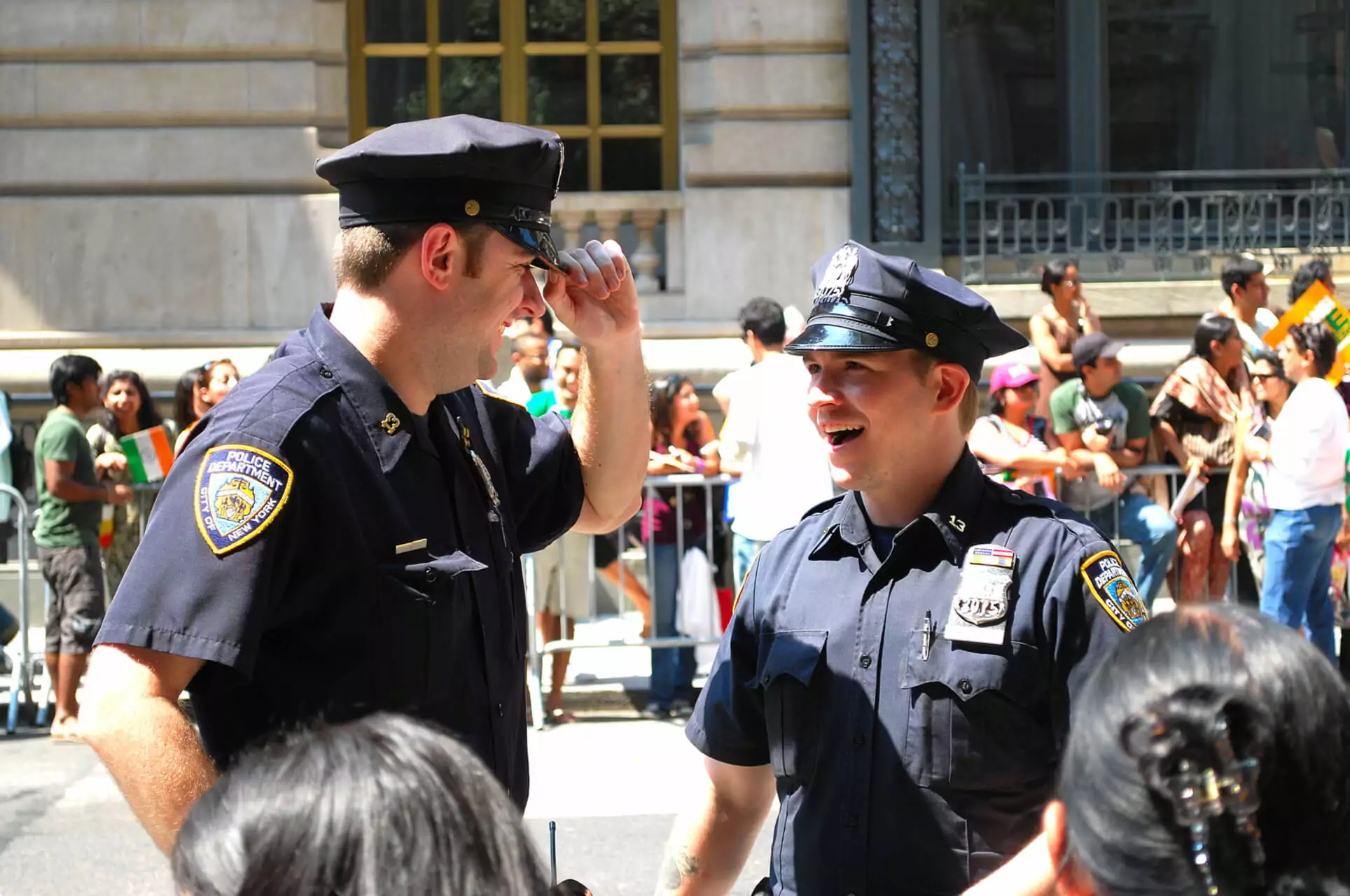While every year comes with its ups and downs, it seems fair to say that, globally speaking, the past two years have proven to be particularly difficult. However, alongside these challenges we’ve also seen some exciting developments.
From social issues to technological progress, our lives seem to be changing faster than ever. Many of us have witnessed changes in our personal and professional lives – and this is certainly the case for those working in law enforcement. So with the new year upon us, let’s take a look at some of the most important changes and trends that have shaped this past year.
A FOCUS ON BETTER SITUATIONAL AWARENESS

While law enforcement agencies have always been early adopters of new technology, this trend has been more noticeable than ever in recent times. One of the ways technology is helping police officers perform their jobs is by improving situational awareness.
It has been established that the more information that officers and dispatchers have about ongoing incidents, the better equipped they are to handle them promptly and safely.
In this light, live stream video is being used to collect and disseminate essential information. This can come from any number of sources, including drones, surveillance cameras, dash cams, officer body cams, public and private video feeds, public tips and GPS vehicle locators. While many of these technologies were already in use, in 2021 we’ve seen some huge improvements in how this information is processed and unified.
INFORMATION MANAGEMENT AND THE CLOUD
With information now being easier to gather than ever, a new problem has arisen: too much data. How can the authorities extract essential evidence while protecting individual privacy? Most agencies in 2021 are dealing with huge amounts of data in formats that didn’t even exist five years ago. The challenge has been how to access, review, analyze and share it in an auditable and automated way.
Though it still may sound like science-fiction, some departments are starting to apply AI to their incoming video, to help sort important information and save on storage.
Meanwhile, storage itself has become an issue. Many departments are having to deal with terabytes of stored data. For this reason, some departments are turning to cloud storage. Not only does this reduce the need for physical storage hardware in the department, but it allows for fast, efficient, and secure sharing of data across departments and jurisdictions.
A NEW GENERATION OF LEADERS

Just like in the private sector, law enforcement is turning to a new generation of up-and-comers. The past two years have seen higher turnover than in previous years, and so many departments have seen even more change than usual. Although every senior officer is different, the newest generation of leaders is generally characterized as having a lighter-touch, community-focused approach to policing, a greater emphasis on intelligence-led and analytical methodologies, and more interest in pursuing and applying new technologies.
As some officers leave the force and others move up into senior roles, many departments have also faced recruitment and retention challenges. These departments have had to explore new recruitment strategies as well as place a greater emphasis on force multiplication technologies that enable officers to police in some cases from afar. In order to aid officer retention, there has also been an increased focus on officer mental and physical wellbeing.
WEARABLE TECHNOLOGY

Body Worn Cameras (BWCs) are nothing new when it comes to policing in the USA. However, their use continues to grow and become more ubiquitous, as do the formal policies dictating their use. Currently, 32 states have some sort of formal legislation regarding BWC use by law enforcement, and 7 states now mandate the statewide use of body-worn cameras by law enforcement officers. This trend is only set to continue to grow in the coming years.
Along with BWCs, some departments are looking into the use of smartwatches by their officers. These watches could quickly bring officers incoming information about a call or suspect, which could change the entire dynamic and determine the officer’s next course of action. Some smartwatches also enable officers to quickly and discreetly send an SOS alert to dispatch if they’re in trouble. GPS systems and heart rate tracking can also give dispatch and responding teams more information about the officer’s whereabouts and condition. Sometime in the future, we may see smartwatches become as commonplace as BWCs are today.
A TIME OF CHANGE
And so we’ve seen another year of widespread change among law enforcement agencies. Overall there’s been a clear, and possibly predictable, move towards increased adoption of new technologies, from surveillance systems and wearable tech to information management systems and storage. Let’s hope that in 2022 we continue to see an increase in this well-informed and efficient style of policing.

